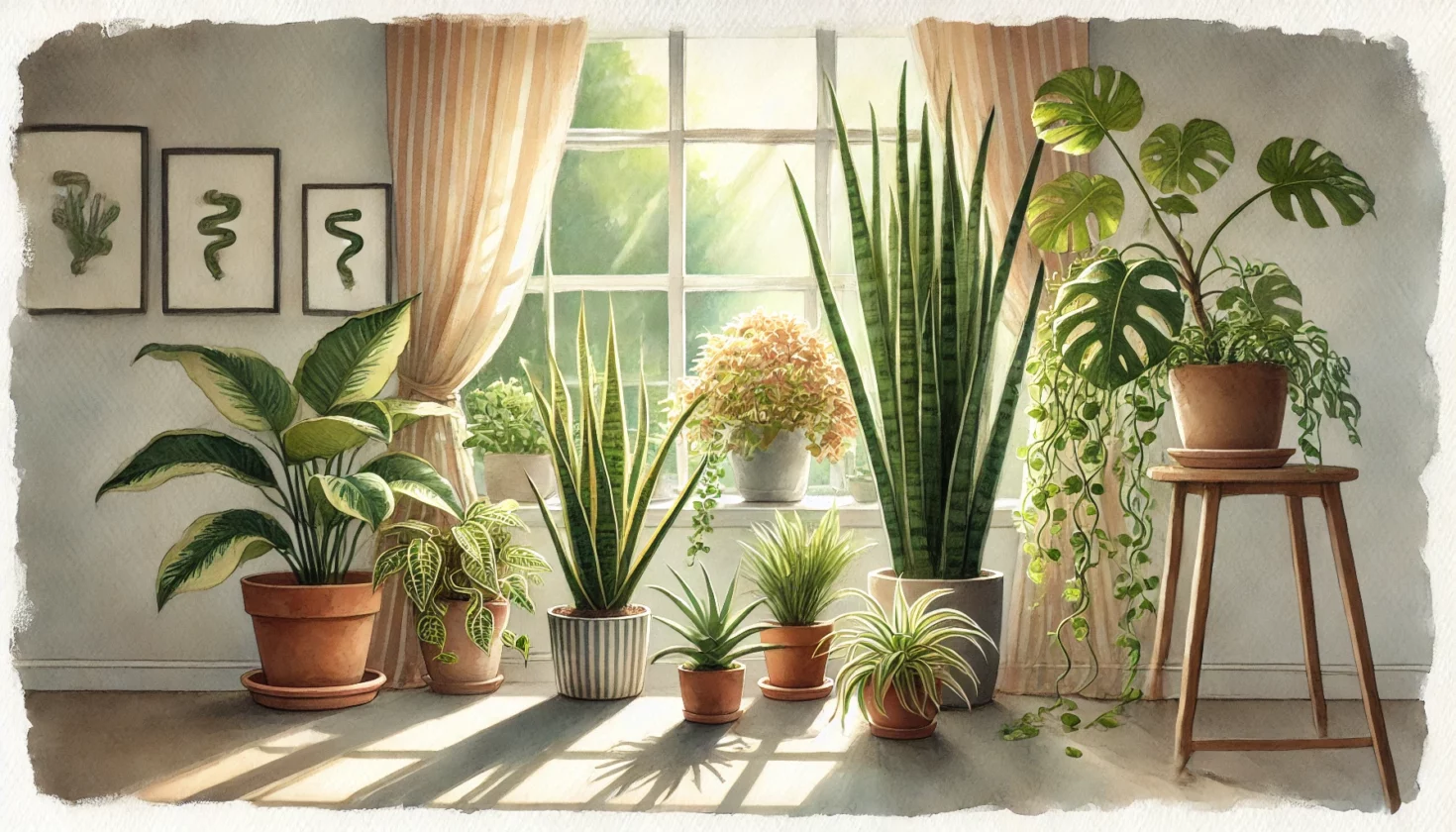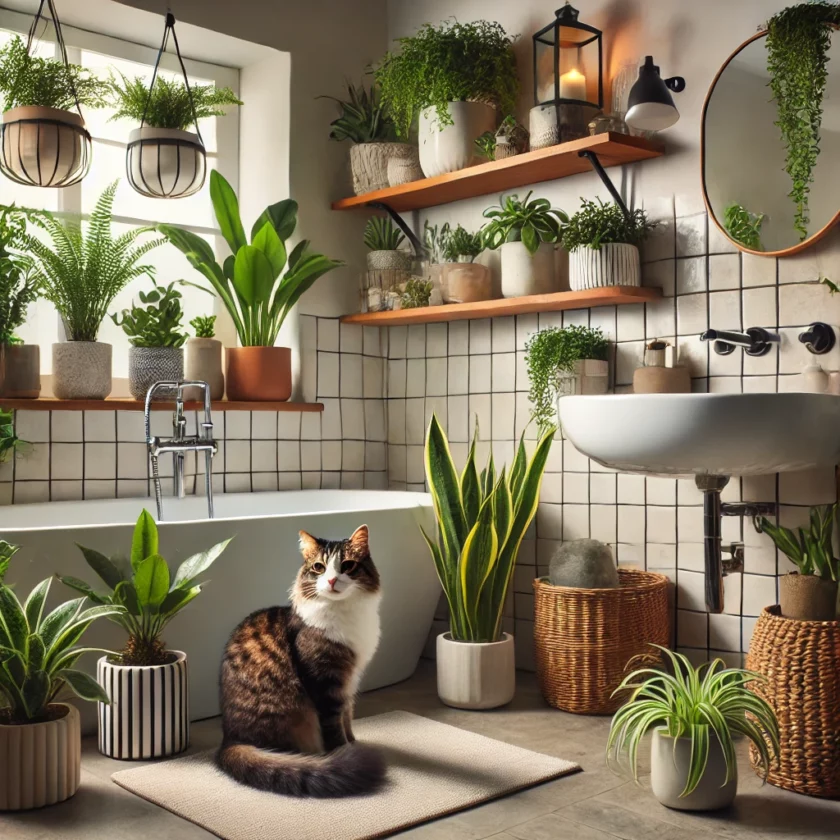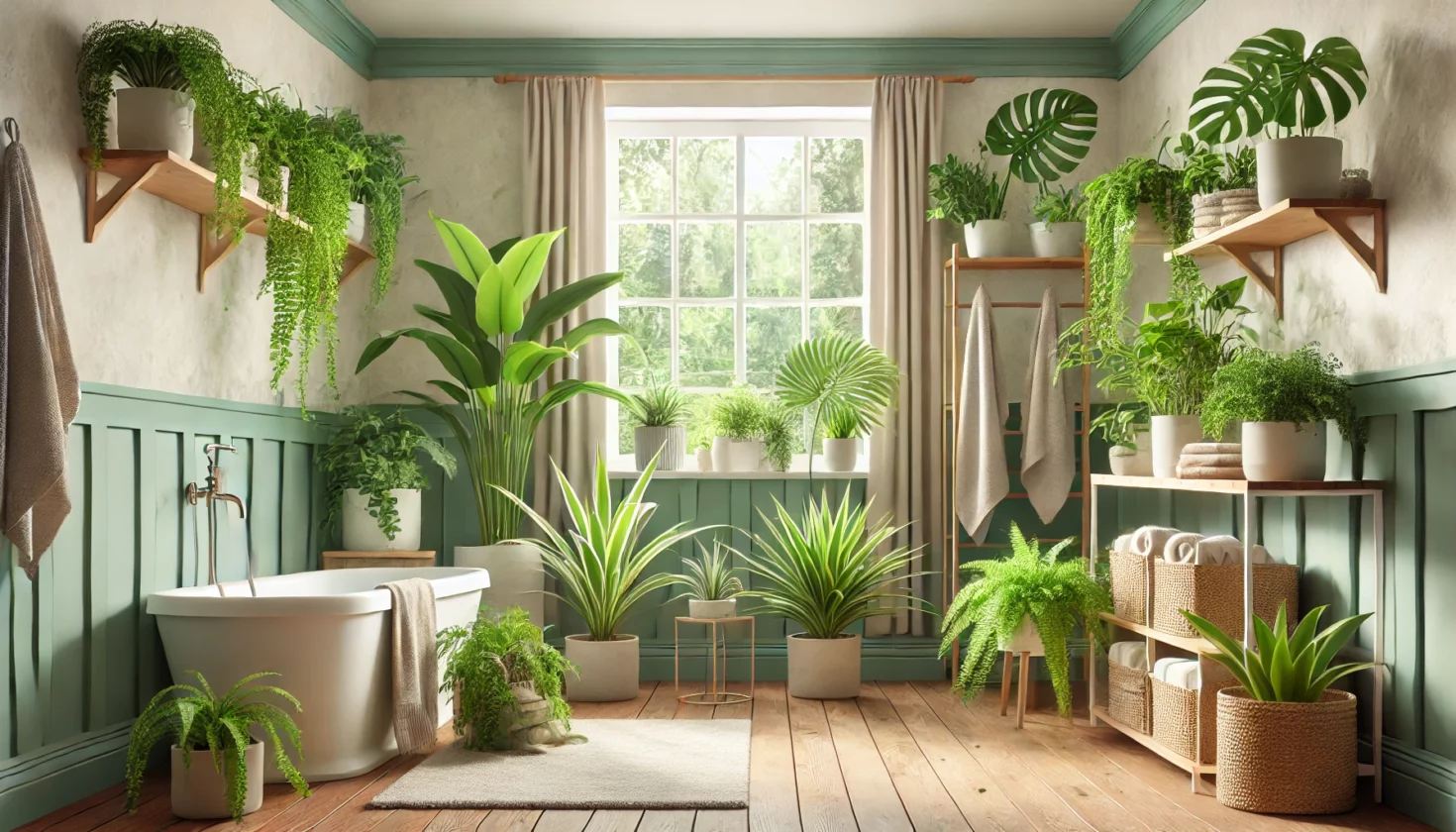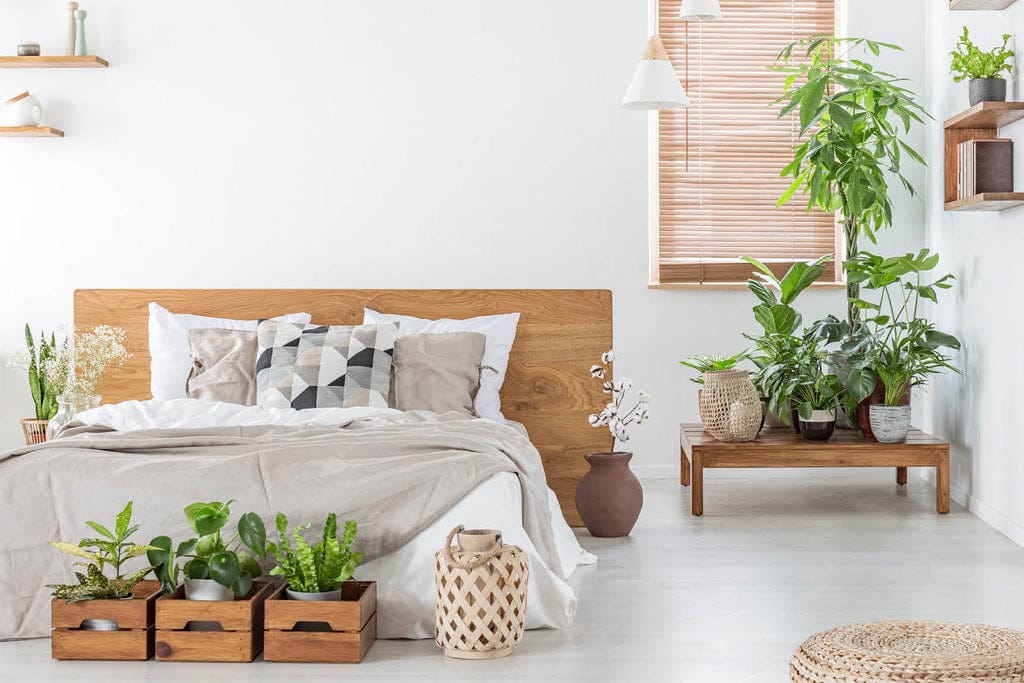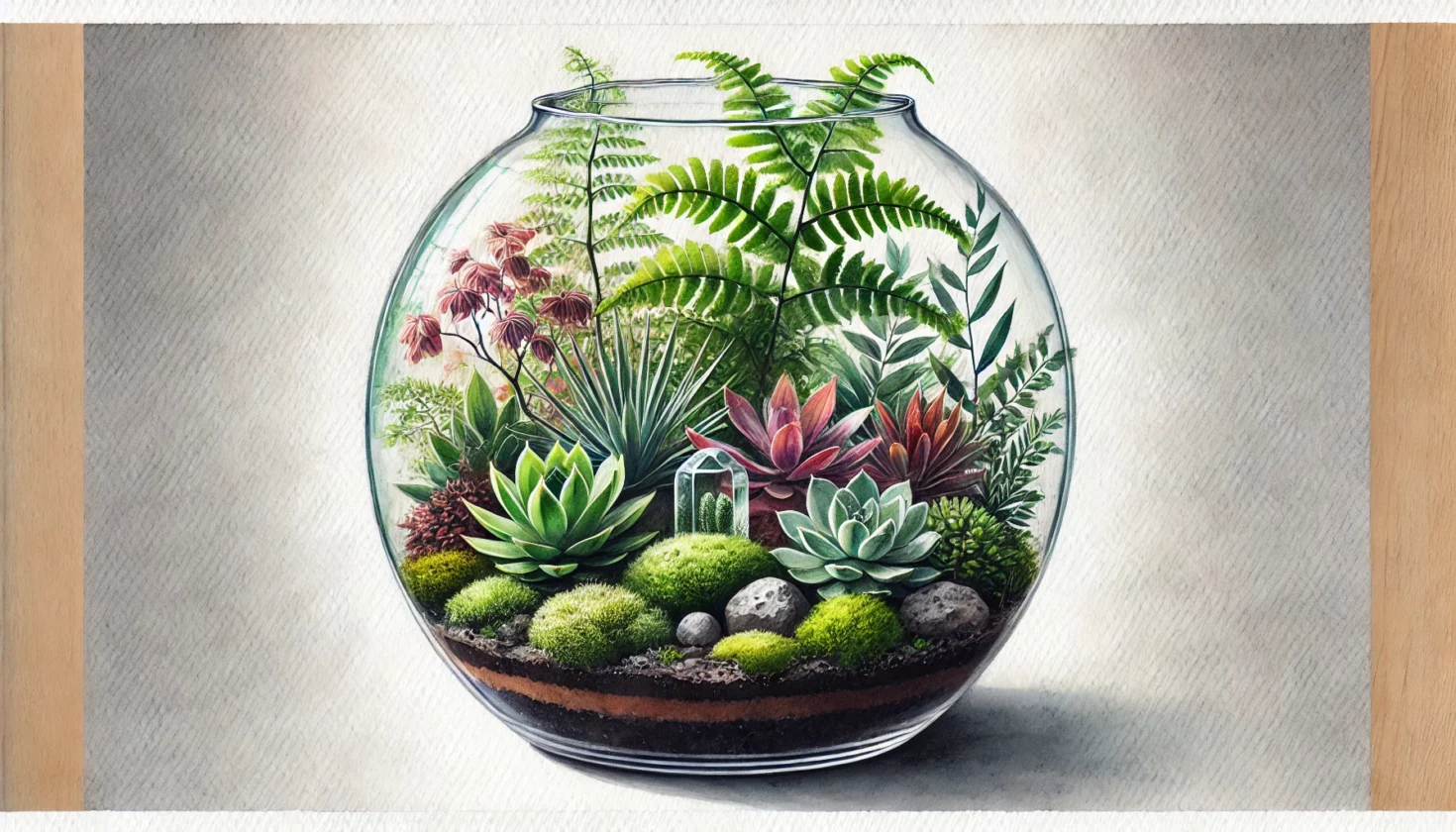Best Plants for Condensation: A Natural Solution for Moisture Control
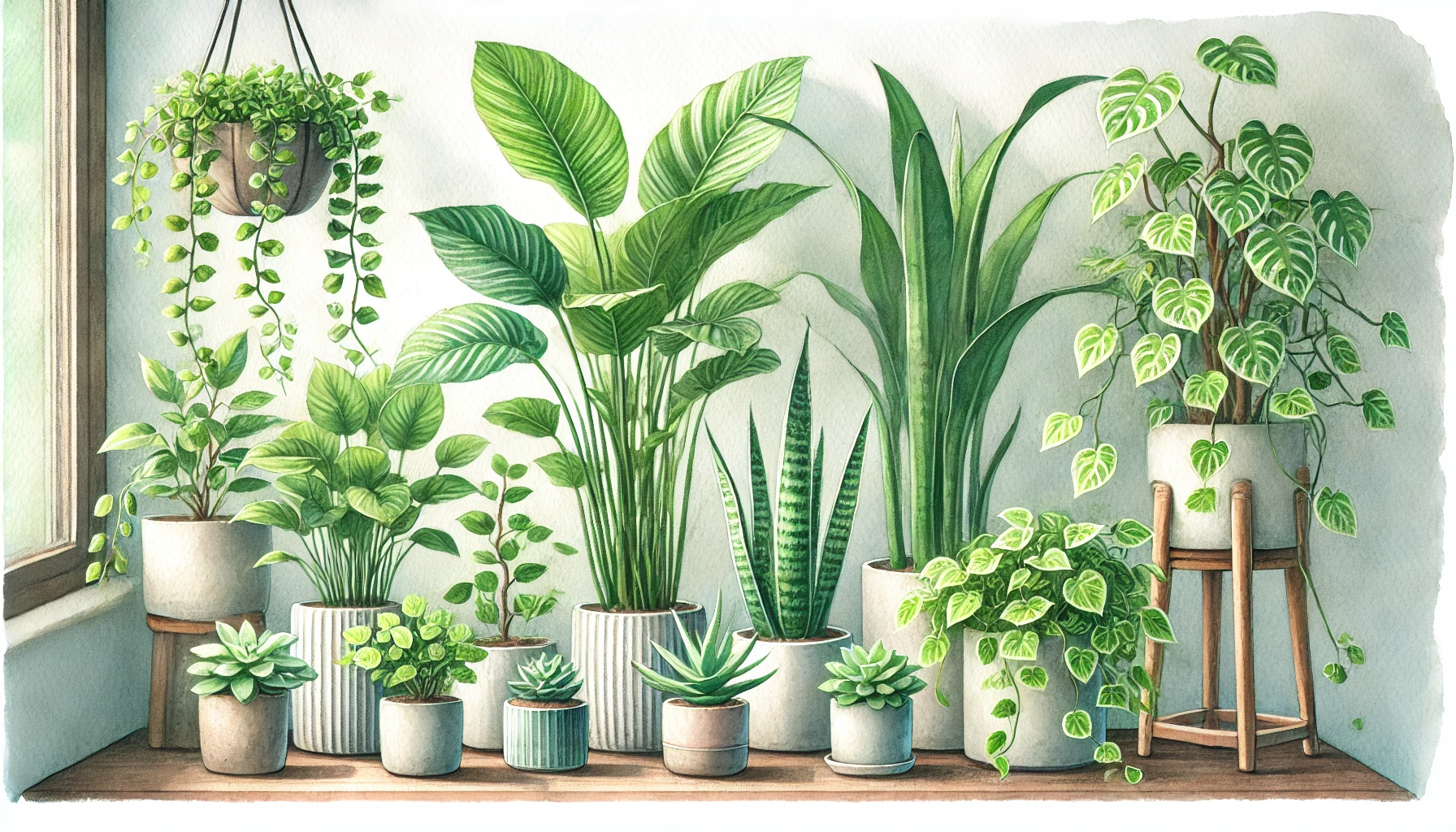
Condensation can be a persistent issue in many homes, especially in rooms like bathrooms and kitchens where humidity levels tend to rise. Managing excess moisture is critical not only for maintaining structural integrity but also for preventing mold growth and improving indoor air quality. While traditional methods like dehumidifiers and better ventilation are effective, indoor plants offer a natural and aesthetically pleasing solution to help control moisture.
How Plants Help Reduce Condensation
Plants contribute to a moisture-free home through a process called transpiration, where they release water vapor into the air, which can regulate indoor humidity levels. Some plants also absorb excess moisture through their leaves, making them perfect allies in the fight against condensation. Combined with other strategies, such as ventilation and the use of dehumidifiers, plants can significantly improve the air quality in your home while keeping condensation at bay.
Additional Methods for Moisture Control
While indoor plants can be helpful, combining them with other moisture-control strategies can yield even better results:
- Improving ventilation: Ensure rooms like bathrooms and kitchens are well-ventilated, allowing moisture to escape.
- Using dehumidifiers: These devices are effective at reducing high humidity levels and should be used in conjunction with moisture-absorbing plants.
- Energy-efficient glazing: This helps reduce condensation on windows, particularly during colder months.
Best Indoor Plants for Condensation Control
If you’re looking to naturally reduce condensation, these plants are your best bet. Not only do they improve air quality, but they also help regulate indoor moisture.
1. Peace Lily (Spathiphyllum)
Condensation-Specific Characteristics: Peace Lilies are highly efficient at absorbing moisture from the air through their large, broad leaves. They thrive in high-humidity areas like bathrooms and kitchens and also help in filtering indoor air pollutants, making them a top choice for combating condensation.
2. Boston Fern (Nephrolepis exaltata)
Condensation-Specific Characteristics: Boston Ferns flourish in humid environments and are excellent for absorbing excess moisture from the air. Their dense foliage helps them thrive in bathrooms or other moisture-rich areas, where they can also reduce the formation of condensation on surfaces.
3. Snake Plant (Sansevieria trifasciata)
Condensation-Specific Characteristics: Snake Plants are well-known for their ability to tolerate a variety of conditions, including high humidity. They absorb moisture through their long, stiff leaves and release oxygen, making them effective at balancing moisture levels and reducing condensation.
4. Aloe Vera (Aloe barbadensis)
Condensation-Specific Characteristics: Aloe Vera has thick, fleshy leaves that store water, which allows the plant to naturally draw excess moisture from the air. It’s perfect for high-humidity areas, and its ability to absorb moisture helps reduce condensation in any room, especially bathrooms.
5. Spider Plant (Chlorophytum comosum)
Condensation-Specific Characteristics: Spider Plants are excellent moisture absorbers. Their ability to thrive in high humidity environments makes them ideal for controlling condensation. They are particularly useful in rooms with poor ventilation, where moisture tends to accumulate.
6. English Ivy (Hedera helix)
Condensation-Specific Characteristics: English Ivy is highly effective at absorbing moisture from the air, which helps prevent condensation build-up. Its creeping vines can be placed near windows or damp areas, reducing the chance of mold and mildew growth.
7. Bamboo Palm (Chamaedorea seifrizii)
Condensation-Specific Characteristics: Bamboo Palms are known for their ability to regulate indoor humidity levels. They are particularly effective in removing excess moisture from the air, making them a natural fit for areas where condensation is a concern. Their large, fan-like leaves increase the surface area for moisture absorption.
8. Orchids (Orchidaceae)
Condensation-Specific Characteristics: Orchids are surprisingly effective at reducing humidity, as their aerial roots absorb moisture from the air. They thrive in humid environments, making them ideal for bathrooms and kitchens, where condensation often occurs.
9. Calathea (Calathea spp.)
Condensation-Specific Characteristics: Calathea’s large, decorative leaves are excellent at absorbing moisture, making them a top choice for areas with high humidity. This plant thrives in moist environments and can help prevent condensation build-up, particularly in rooms prone to dampness.
10. Peperomia (Peperomia obtusifolia)
Condensation-Specific Characteristics: Peperomia is a small but mighty plant when it comes to moisture absorption. Its thick, waxy leaves store water, helping to reduce excess moisture in the air, making it a great choice for controlling condensation in kitchens and bathrooms.
Benefits of Reducing Condensation
Managing condensation goes beyond keeping windows and surfaces dry—it directly affects your home’s health and your own. Here’s why reducing condensation is important:
- Prevention of mold and mildew: Excess moisture encourages the growth of mold, which can lead to health issues, including respiratory problems.
- Improved air quality: Plants can help filter toxins and allergens, creating a fresher and healthier indoor environment.
- Protecting structural integrity: Over time, condensation can damage walls, windows, and furniture. Reducing moisture helps protect your home’s structure.
How to Care for Condensation-Reducing Plants
Keeping your plants healthy is essential to maximize their moisture-absorbing properties. Here are a few tips:
- Proper placement: Position plants in areas where condensation forms the most, like near windows or in bathrooms and kitchens.
- Watering and humidity: While these plants help regulate moisture, ensure you don’t overwater them. Most condensation-reducing plants thrive in moderate to high humidity levels, so mist them occasionally to keep them happy.
- Regular maintenance: Clean the leaves of your plants to ensure they can continue to absorb moisture effectively.
FAQs on Condensation-Reducing Plants
Can plants really help reduce condensation?
Yes, certain plants can absorb moisture from the air, helping to reduce indoor humidity levels. While they aren’t a standalone solution, they work well alongside other moisture-control methods like ventilation and dehumidifiers.
Which plant is best for bathrooms?
The Peace Lily and Boston Fern are particularly effective in bathrooms, where humidity levels are typically high.
Do I need special care for condensation-reducing plants?
Most of these plants are low-maintenance. Ensure they get enough light, water them as needed, and clean their leaves regularly to maximize their moisture-absorbing abilities.
Conclusion
Incorporating plants into your home is not only a visually appealing choice but also a practical one. With their ability to absorb moisture and regulate humidity, these plants are natural dehumidifiers that can significantly reduce condensation. For a truly moisture-free home, pair these plants with other moisture-control methods like improved ventilation and dehumidifiers.
